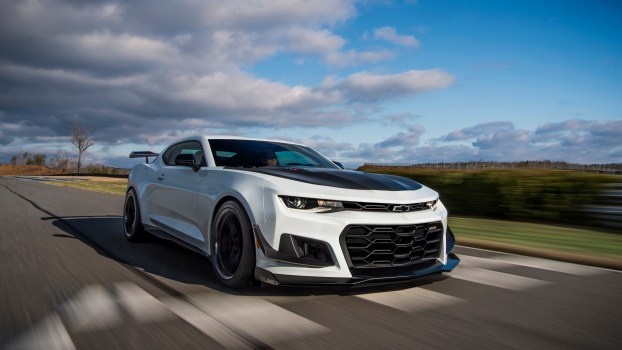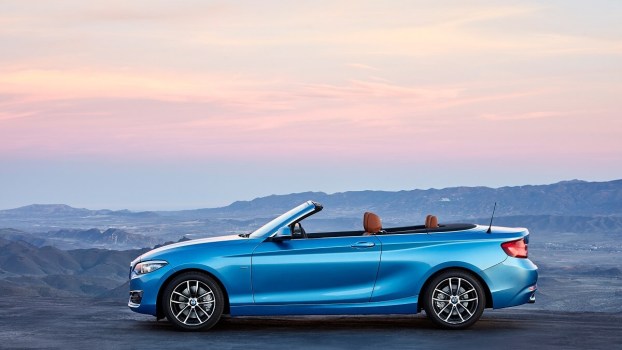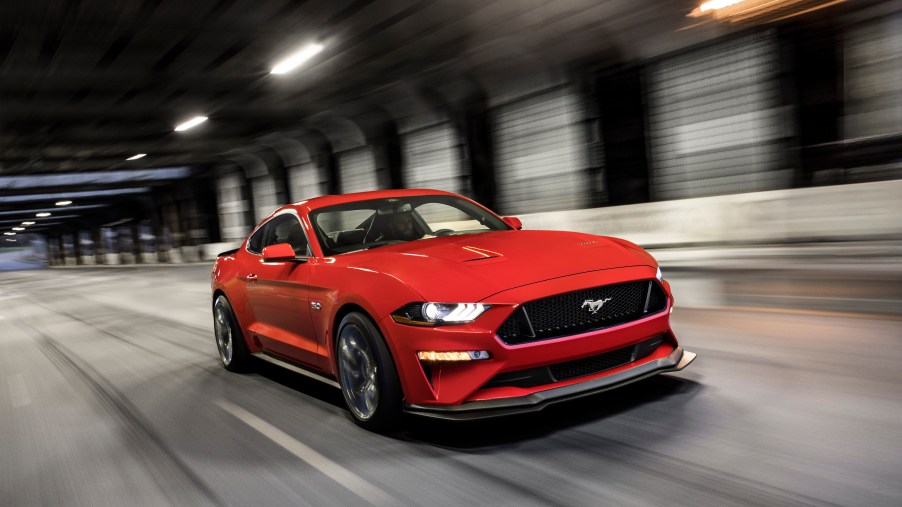
Are Four-Cylinder Muscle Cars Still Popular?
Before 2015, If you had told any muscle car enthusiast that the Ford Mustang and the Chevrolet Camaro would have four-cylinder engines under their hoods, they probably would have laughed and maybe even gotten a little angry. Fast forward to today, and the base Ford Mustang EcoBoost and Chevrolet Camaro LS are now commonplace. It’s been five years since both muscle cars took the fuel-efficient, four-banger leap, and while they might still be shunned by enthusiasts, they’re still being offered by each brand.
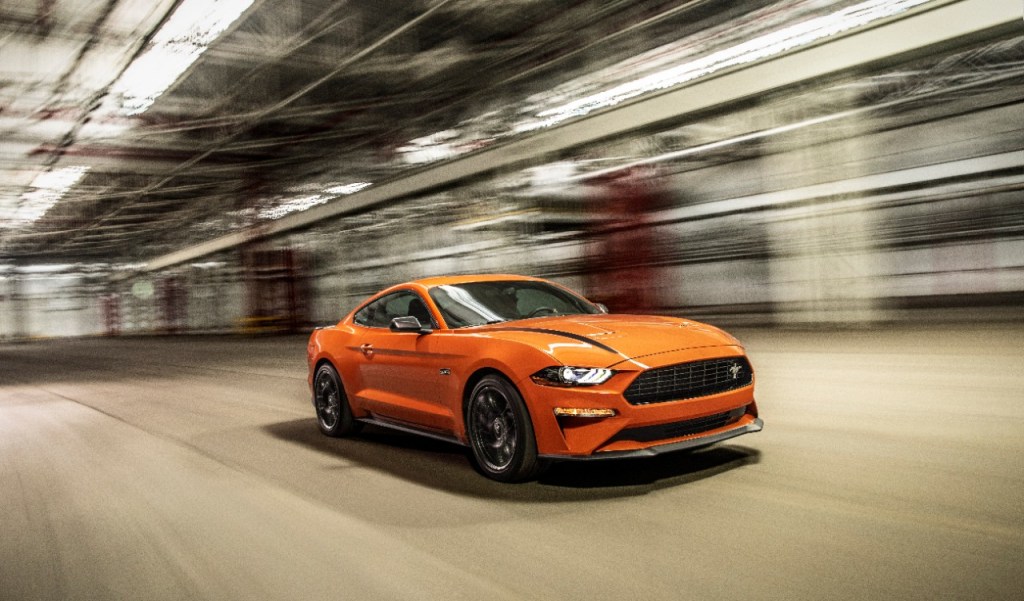
2020 Ford Mustang EcoBoost
Let’s take a closer look at the Ford Mustang and see what’s so great about the four-cylinder offering. The Mustang EcoBoost comes standard with a 2.3-liter, four-cylinder engine that puts out 310 horsepower and 350 lb-ft of torque via a twin-scroll turbocharger and direct injection, which scoots the Mustang to 60 mph in about 4.5 seconds.
The bigger news for this year is the new high-performance EcoBoost option, which utilizes a bigger turbocharger, a larger radiator, a better flowing cylinder head, and a different engine calibration to net another 20 horsepower. This might not equate to much of a difference. However, this is probably the four-cylinder version that you would want to get. Both engine choices are available with either a six-speed manual or a 10-speed automatic, and Ford says they make power starting at 3,000 rpm, which is what you would want for any muscle car engine, no matter how many cylinders it has.
Couple the performance figures with the fact that the base Mustang weighs about 300 pounds less than its V8-clad counterpart, and the more fuel-efficient version makes a little more sense.
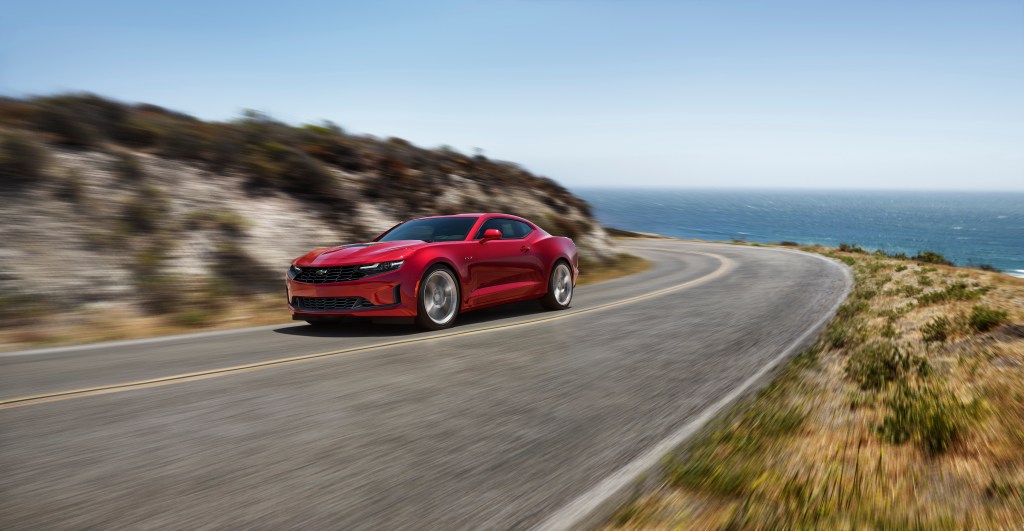
2020 Chevrolet Camaro
For 2020, the Chevrolet Camaro comes standard with a 2.0-liter turbocharged engine that puts out 275 horsepower and 295 lb-ft of torque. This engine gets the Camaro to 60 mph in about 5.0 seconds, which is not bad considering it weighs about 3,300 pounds.
However, straight-line performance isn’t the name of the game with these small-engine muscle cars. The lighter, smaller engines are great for throwing the car in the turns and around the cones at the local autocross event. That might seem like a weird thought as well, but when was the last time you associated sharp handling with a big, heavy Camaro?
Chevrolet was looking to capitalize on the lighter weight, so as of 2019, they are now offering the “1LE Performance Package,” which adds a sport suspension, bigger brakes, a better cooling system, a limited-slip differential, and 20-inch wheels to the four-cylinder Camaro to give more athletic prowess.
Are these models popular?
In a short answer, yes. According to Wards Auto, “In first six months of the ’19 model year, more than 53% of Mustangs have sold in the U.S. with this 310-hp 4-cyl., handily outpacing the 41% take-rate for the 5.0L V-8 and 6% for the 5.2L V-8 in the Shelby GT350.”
Furthermore, Camaro sales, in general, went up in the last quarter of 2019, and those weren’t just from the V8 trim levels. Ultimately, we think that there is some rhyme and reason for getting the four-cylinder version of either car. While anyone would ideally think of a Camaro or Mustang on a track, it’s easy to forget that the manufacturers are targeting these cars to be used for everyday use.
In that case, wouldn’t you want to get 31 mpg out of a car resembling either of these?
